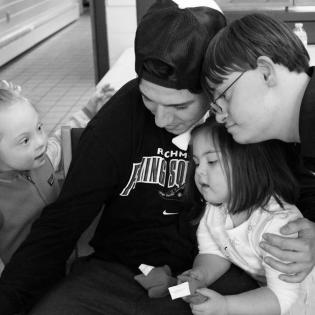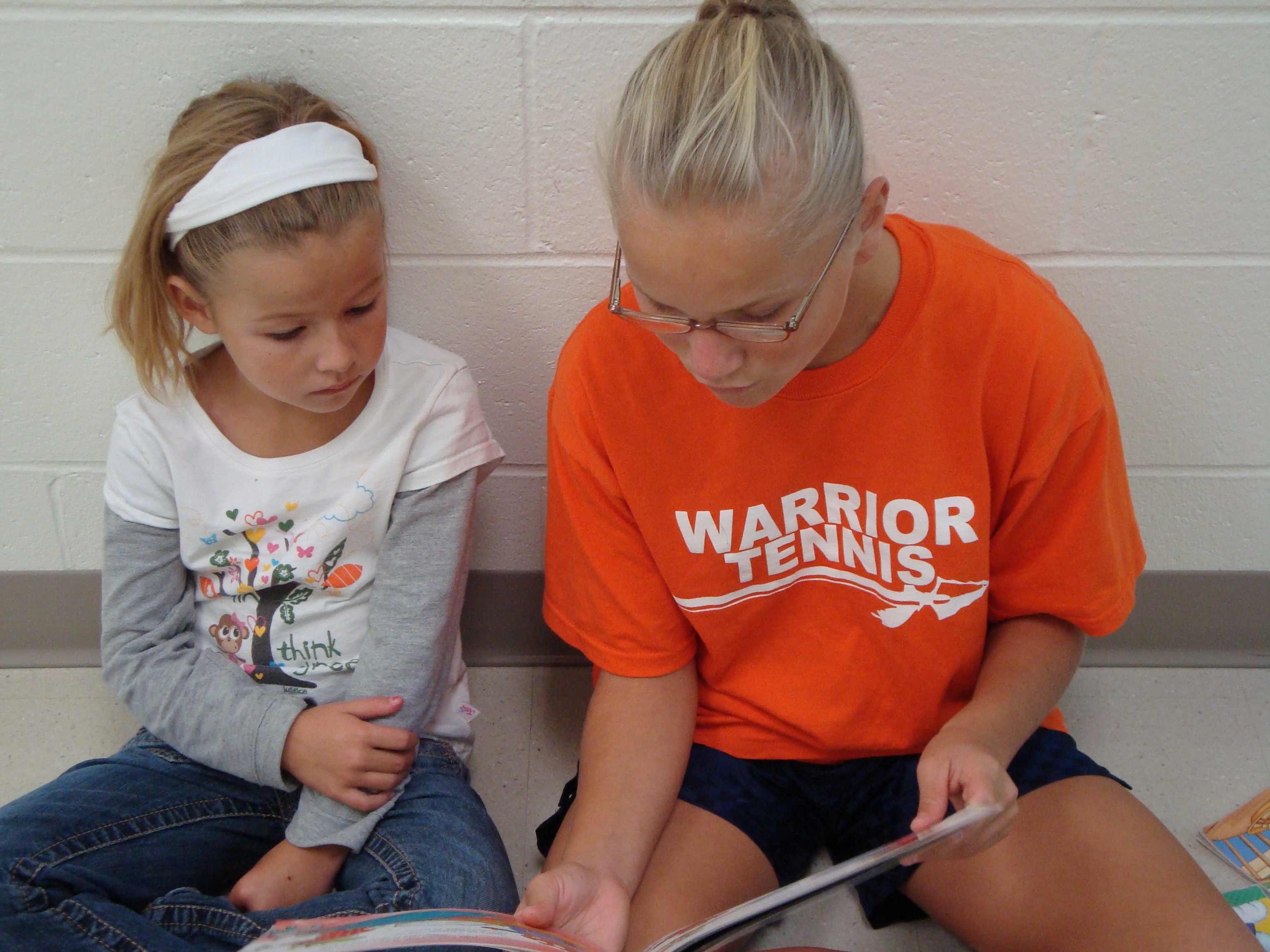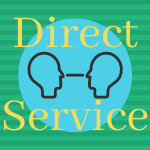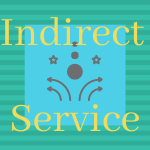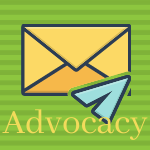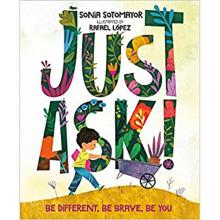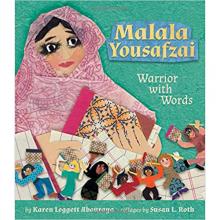Embracing Neuro and Physical Diversity Toolkit
This toolkit guides youth, educators, group leaders, families, and community groups as they investigate the issue of neuro and physical diversity and prepare to take action. Contents:
- Current story
- Definitions
- Key questions
- Background
- Lessons and activities
- Resources in your community
- Project ideas and guide to service-learning
- Quotes
Promote Diversity through Inclusivity
A disability is something a person has; it is NOT who they are. Therefore, it is essential to use first-person language. Name the person before the descriptor. It is better to say, “Jay has Down Syndrome” or “man with a visual impairment,” NOT “Jay is Downs” or “Down Syndrome boy.” Keep in mind that generalizing people by their disability is disrespectful. No two people are the same. All people have their own abilities, their own strengths and weaknesses, and their own likes and dislikes. The same is true for persons with any disability!
"Recognizing and respecting differences in others, and treating everyone like you want them to treat you, will help make our world a better place for everyone." - Kim Peek
Share this example of action.
“Special Olympics is a global movement that unleashes the human spirit every day around the world through the transformative power and joy of sport. Through programming in sports, health, education and community building, Special Olympics is tackling the inactivity, stigma, isolation, and injustice that people with intellectual disabilities (ID) face.” Keys to the future: compassion, openness, trust, inclusion #choosetoinclude
Definitions and Key Questions
See the handout below for Vocabulary and Key Questions related to neuro and physical diversity.
Definitions:
As young people build knowledge and passion for taking action, they can look up vocabulary and read more about the issues and needs. Here are some of the relevant vocabulary words.
- Disability
- Inclusivity
- Ableism
- Diversity
Key Questions for Learning and Service:
These key questions may guide investigation or generate inquiry about other areas of interest. The best service-learning experiences follow the passions of youth and local concerns. Here are some sample questions:
- Do you notice any parts of your community that lack inclusive services such as wheelchair accessibility, transportation, mental health services, housing, or interpreters?
- How can you change your everyday language to be more inclusive?
- Why is it important to have organizations such as the Special Olympics?
- Does your community have resources, such as special education programming? How do these resources help the community?
Background Information
Share these background resources to inspire and inform youth about neuro and physical diversity.
- BullyingInfo.org is a project of the Interagency Working Group on Youth Programs (IWGYP) focused on providing tools and resources for youth, parents, teachers and mental health providers to prevent and address bullying. There is also information particularly related to cyberbullying.
- Learning to Give's white paper Developmental Disabilities and the Philanthropic Community discusses the importance of spreading awareness and advocacy regarding developmental disabilities.
- Learning to Give white paper Special Olympics describes what Special Olympics is and why it is important.
- CDC website describes what disability is.
- Human Neurodiversity Should Be Celebrated, Not Treated as a Disorder | Op-Ed | NowThis: video describes what prominent neurological differences are and how we should celebrate such diversity.
- Directly teach how to treat people of all abilities in our lives. Sometimes at school, kids with disabilities are left out or bullied because others feel uncomfortable. Discuss differences, empathy, social skills, and advocacy for including all kids.
Lesson Plans
Learning to Give has hundreds of lesson plans to inspire and inform youth action. Search our full list of ability-related lesson plans for topics that fit your interests and age of your kids. Narrow your search with keywords like special needs, mental health, or disability. Here are some sample lesson plans:
- No Boundaries - In this lesson, we learn about the needs of others in the community and take a step toward removing barriers.
- Visualizing Health and Safety - This lesson plan helps youth identify health and safety needs in the community.
- Assessing Needs through a Survey - This lesson guides participants to create a survey to research what the community sees as needs.
- Proud of My School - Through literature and acting out scenarios, participants explore ways to confront teasing or disrespectful behavior and language.
Community Resources
For meaningful service-learning projects with long-lasting impact, connect youth to people and nonprofit organizations in the local community related to their service area of interest. This is an opportunity for a field trip (may be virtual) or for an expert to teach about issues and what is already being done. Youth may write, call, or interview experts about needs and partnerships.
- Ask youth if they have family members whose work is related to neuro or physical diversity
- Make a Wish Foundation
- Easter Seals
- Special Olympics
- Best Buddies
- The Arc
- Federation for Children with Special Needs
- Special Needs Alliance
- Family Voices
- Friendship Circle International
- National Down Syndrome Society
- Nonprofit organizations that focus on these issues
Project Ideas
There are four types of service. The ideas below are grouped by these types. The best service-learning experiences follow the passions of youth and local concerns. These are provided to start conversations and ideas.

This overview Guide for Planning Service-Learning describes each step of the process and actions to take.
This blank chart for Planning Service-Learning helps youth prepare for who does what for maximum service and learning impact
- Always ask someone if they need help before helping, and show respect for differences.
- Community Accessibility Audit: As you walk through the community, look at ways we make places more accessible for people with vision, hearing, or mobility issues.
- Read about this service project called Tinker Quilt done by Arkansas students.
- Invite a fellow student, who appears to be isolated from the group, to join in an activity.
- Plan a party with adaptive games for children with special needs. Play with and get to know the children for a couple hours.
- Provide training from an expert in how to work with kids with intellectual and developmental disorders. Then plan and carry out an event filled with games and activities for the children.
- Learn about adaptations needed for different physical and mental disabilities and plan a sports event that raises awareness about needs and includes youth with disabilities. The event may be extended into a fundraiser for adaptive equipment for the school or for a nonprofit that supports
- Create posters with slogans that communicate positive messages about people with disabilities.
- Start an anti-bullying campaign! Participants can research best practices for combating bullying of people with disabilities and create a campaign designed to impact youth and community members. They could do programs for other classes, create anti-bullying materials, design PSA videos or brochures, and even write to local and state legislators to try and get them to strengthen laws against cyberbullying and bullying in general.
- Write letters advocating for increased government resources for individuals with neuro and physical disabilities
- Hold a community information night to inform community members what they can do to make the community more inclusive.
- Research ways to incorporate more inclusivity into your community.
- Research a physical or mental illness. Read about its attributes and the accommodations needed for a full life.
Literature Guides
Learning to Give picture book and teen novel guides combine selected literature with thought-provoking discussions and activities about empathy, respect, kindness, inclusion, perseverance, responsibility, generosity, and citizenship.
In this book, Just Ask! Be Different, Be Brave, Be You by Sonia Sotomayor, Sonia and her friends share what is unique about each one of them as they work together to plant a garden. It is their differences that make the garden diverse and beautiful. The reader is invited to consider how they interact with the world and the ways they are different from everybody else.
Every year a group of students from Mrs. Randall’s class gets to lay a wreath on the Tomb of the Unknown Soldier. This year, the lucky students will be those who write the best letter pleading their case. Anna and Natalie are determined to win, and they submit a convincing letter inspired by the role Natalie’s great-great-grandfather played in World War II. This story, with a surprising twist at the ending teaches the power of believing in your own talents and respecting the variety of ways people can be differently abled.
Malala is a Muslim girl who fights with her voice and pen for the right to an education. Coming from a world where girls are kept out of school, she spoke to the United Nations about the importance of freedom to go to school for all children. She was shot and almost died for using her voice. Now people all over the world follow her advocacy. Malala Yousafzai is a Warrior with Words.
Quotes
Ways to use quotes with youth: Use it to spark conversation. Write about its meaning or do research on the person or topic. Represent the quote visually and display in social media. Tell whether you agree or disagree with the quote. Rewrite it to speak for you.
"I think the concept of Neurodiversity has been world-changing, by giving us a new perspective on humanity, but it needs to mature to the point where we see that human nature is complex, and nature is beautiful but not benign.” - Judy Singer
“Inclusion and fairness in the workplace… is not simply the right thing to do; it’s the smart thing to do.” -Alexis Herman
“A lot of different flowers make a bouquet.” -Islamic Proverb
“Diversity is being invited to the party; inclusion is being asked to dance.” - Verna Myers
“Diversity is a fact, but inclusion is a choice we make everyday. As leaders, we have to put out the message that we embrace, and not just tolerate, diversity.” -Nellie Borreo
